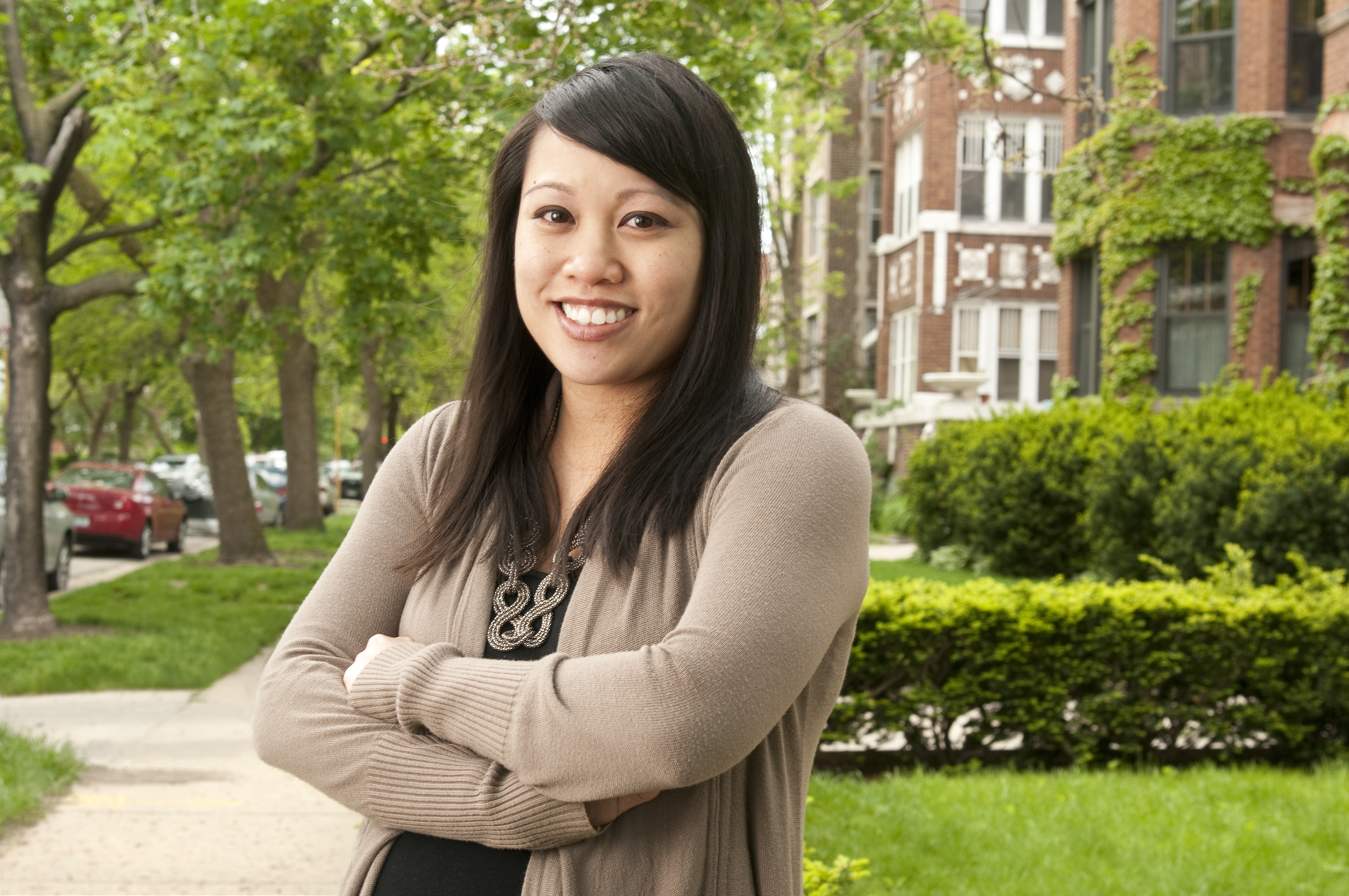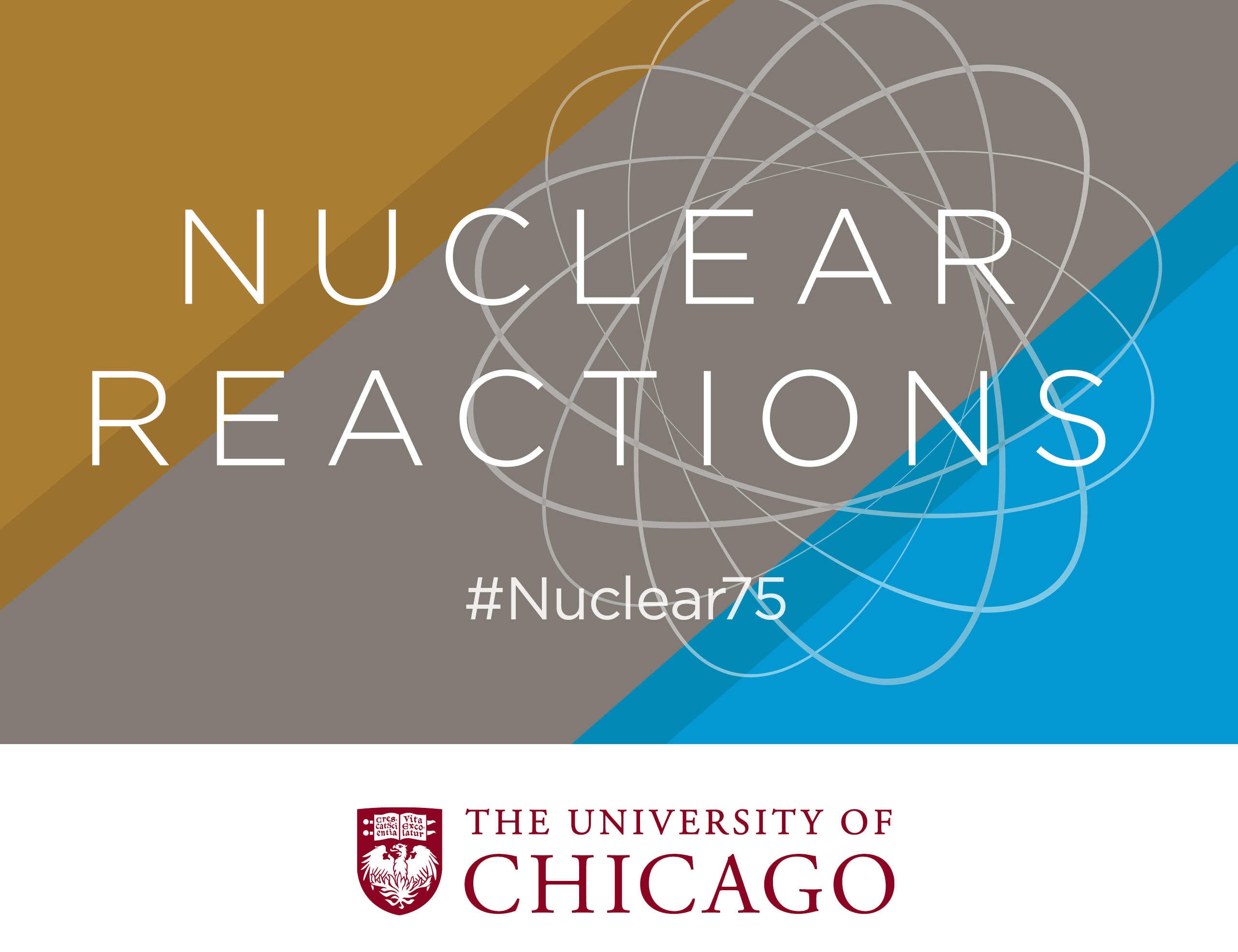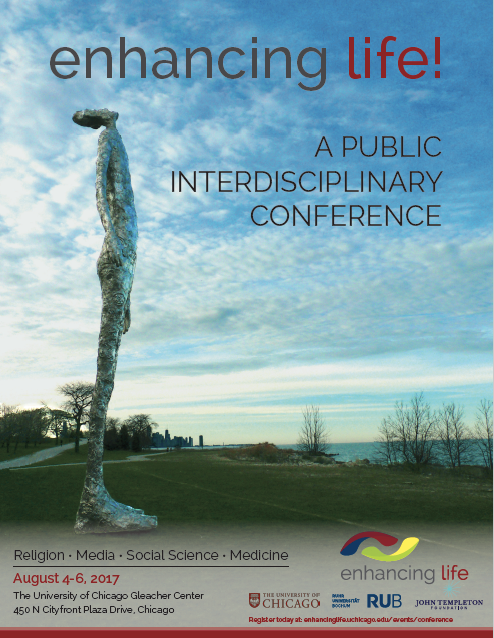In order to facilitate the process of translating discoveries at the University of Chicago into commercial products, Arete and UChicagoTech have hired a consultant to help faculty members apply for the $2.5 billion available annually through Small Business Innovation Research/Small Business Technology Transfer (SBIR/STTR) grants.
“This federal program offers a great alternative to angel funds and venture capital,” says Adam Conway, project manager at UChicagoTech, the University Office of Technology and Intellectual Property. “Our consultant, Anna Lisa Somera, is well versed in the requirements of the grants as well as the application process, both of which are quite different than those of traditional academic grants.”
Somera is a strategy, business development, grant, clinical, quality and operations consultant to several medical device and therapeutic companies. Previously she worked as senior analyst at IllinoisVentures, an early-stage venture capital firm.
“We draw out faculty who could benefit the most from Anna Lisa’s assistance and direct them to her,” says Matthew Christian, assistant vice president for Research Program Development at Arete. “She orchestrates the process and helps assure compliance.”
The following interview with Anna Lisa Somera explains how she does that … how she gets things started.
How are SBIR/STTR grants different from traditional academic grants?
First off, they are awarded to companies, not research institutions, as is the case with traditional academic grants. Additionally, these company grants are scored on originality, technical merit, innovation, strength of the management team and commercial viability of a product or service concept. And applicants need an idea of what the clinical, regulatory and commercial paths of the technology will likely be. Many components of these grants come out of business plans, which most professors have never written before. That’s where I come in.
How do you approach your role?
Because I know early stage start-ups are operationally lean, I take a very hands-on approach. I brainstorm, guide and write sections of the grant with the companies. I think of myself as part of the team for at least four months—from the beginning of the process through filing the application.
What have you been working on at the University of Chicago?
Since I started working the University last fall, I’ve been fortunate enough to work with a couple of interesting projects including innovative technologies to help fight prostate cancer and a software technology for use in the ophthalmic suite.
How does it usually go?
Things can be challenging in the beginning because ideas are not fully formed and tend to be a bit scattered. Additionally, researchers are not used to thinking in terms of a commercialization path so it takes a bit of adjusting with SBIR/STTRs. Most of the time, faculty members don’t have all their ducks in a row—they’re more like in a basket. We pick out the best idea and create a detailed roadmap with clear milestones.
Additionally, in the beginning a start-up is more of a virtual company than a real company, but the funding reviewers are looking for the latter. I help the company create a more fundable environment, which makes them more “real.” I help find incubator space, identify equipment and facilities that will be available at the time of the award, lock in support from colleagues…things like that.
What’s the hardest part of this work?
Getting researchers to put on their business “thinking caps.” For instance, researchers often tell me that they’re the only game in town and don’t have any competition. Usually, after some digging, this ends up not being the case.
Coordinating the multiple parties involved in the grant’s submission is as hard, especially when an academic institution is involved. There are many parties and layers of decision makers who are usually not used to working on company grants. Getting approval takes time. Budgets, biosketches, letters of support and various university forms need to be approved before a grant can be submitted. There’s always some resistance along the way, but I’m used to it. Anything to submit a bulletproof application is worth the stress.
During your 11-year career, you’ve accomplished a lot. You’ve worked in medical research, the biotech industry, venture capital, life science company formation, intellectual property management, SBIR/STTR grant writing, quality systems management, reimbursement and regulatory planning. You’re also a columnist on health and medical websites and were a research technician at the University of Chicago. What’s your secret?
I have a compulsion to do multiple things at once. Fortunately, in the world of start-ups there are many things to do and I look forward to tackling these challenges. You have to move quickly; the market will not wait for you. I think what also helps me in this business is the fact that I’m a bit of an exercise nut. A vigorous workout puts me in a good mood and increases my energy level all day. Believe me, you need a lot of energy to run a start-up!
Is that part of your training with faculty?
No (laughing), but maybe it should be. Having competed in over 100 races, including 4 marathons and 2 half-ironman triathlons, I’m convinced that exercise could help everyone in different ways.
Have you ever started a company yourself?
Yes. As part of a graduate class in business school, Matthew Christian and I worked with an entrepreneurial professor, developed a business plan and co-founded OrthoAccel Technologies. It makes AcceleDent, a removable and non-invasive device that a patient with braces uses daily to accelerate orthodontic tooth movement. Acquired by a large firm, OrthoAccel is selling products all over the world and recently received Food and Drug Administration clearance.
So why don’t you just retire on your equity?
Oh, I’m not at that point just yet (laughing). There’s still much more to do in this field. Besides, I’m having too much fun. If I stopped working, I wouldn’t know what to do with myself. There are so many unsolved problems in science, and if I have the ability to help companies address these challenges, why would I stop?
By Greg Borzo




